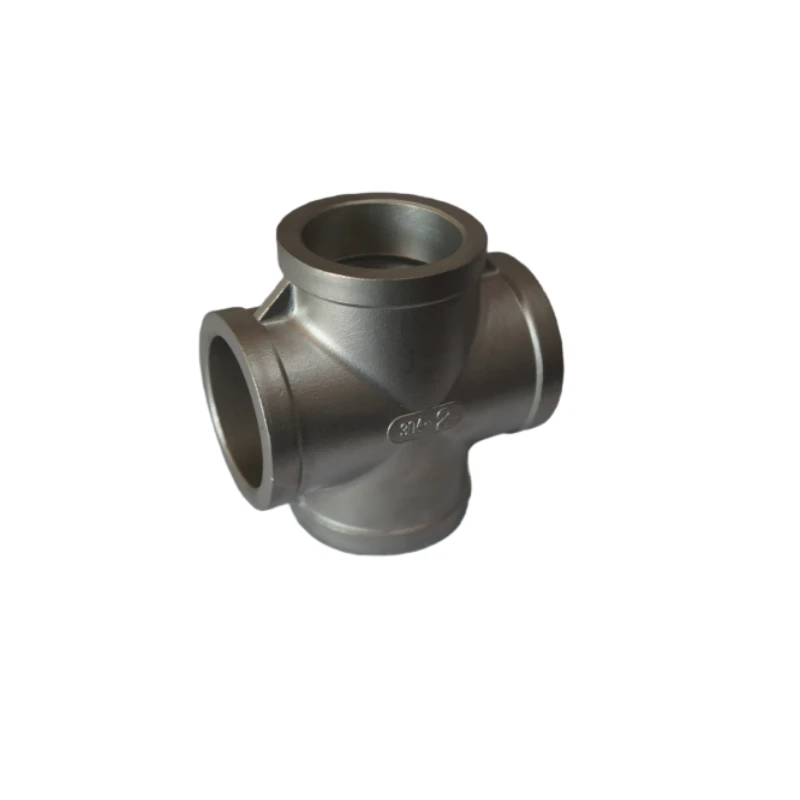Chassis Fabrication Techniques for Enhanced Vehicle Durability and Performance
The Importance of Chassis Stamping in Automotive Manufacturing
Chassis stamping is a critical process in the automotive manufacturing industry, playing a foundational role in the creation of vehicle frames and components. The term stamping refers to the process of shaping metal sheets into specific geometries using stamping presses. This technique is essential for ensuring that vehicles are not only structurally sound but also efficient to produce. Understanding chassis stamping’s significance involves examining its technological, economic, and safety aspects.
At its core, chassis stamping involves the utilization of metal sheets, typically made of high-strength steel or aluminum, which are fed into a stamping press. These presses exert immense pressure to cut, bend, and form the metal into desired shapes and sizes. The precision involved in this process is critical. A well-stamped chassis component must meet strict tolerances to ensure proper alignment during assembly and optimal performance during vehicle operation. The manufacture of a chassis includes numerous parts, such as the frame, cross members, and mounting brackets, all of which contribute to the vehicle’s overall integrity and performance.
Technologically, advancements in stamping machinery and techniques have significantly enhanced the efficiency and accuracy of chassis manufacturing. Modern stamping presses are now equipped with computer numerical control (CNC) systems that allow for sophisticated designs and quick alterations to accommodate various vehicle models. Innovations such as progressive die stamping enable manufacturers to produce complex geometries in a single pass. This reduces waste and shortens production cycles while maintaining high quality. Additionally, the use of lightweight materials such as aluminum in chassis components is becoming more prevalent, driven by the need for improved fuel efficiency and reduced carbon emissions.
chassis stamping

From an economic standpoint, chassis stamping is crucial for the automotive industry’s competitiveness
. The stamping process can be streamlined to reduce costs, making it an attractive option for manufacturers looking to maximize profitability. High-volume stamping is especially advantageous as it allows for the mass production of parts at a lower cost per unit. This scalability is vital for meeting consumer demand while keeping prices manageable. Furthermore, efficient stamping processes coupled with advancements in automation have led to reduced labor costs and increased production rates, allowing companies to respond swiftly to market changes.Safety is perhaps the most critical aspect of chassis stamping. The chassis is the backbone of the vehicle, responsible for absorbing impact in the event of a collision. Therefore, ensuring that chassis components are stamped accurately and constructed with high-strength materials is paramount for the safety of the vehicle and its occupants. In recent years, the automotive industry has placed a greater emphasis on safety standards, which has led to rigorous testing and quality assurance processes during manufacturing. Stamping processes are subjected to continuous improvement practices, where feedback from safety tests is used to refine the design and manufacturing techniques, ensuring that the final product meets or exceeds regulatory requirements.
Moreover, sustainability is becoming an integral component of chassis stamping. As the automotive industry shifts towards more environmentally friendly practices, manufacturers are seeking ways to reduce waste and increase energy efficiency in their production processes. The recycling of scrap metal from stamping processes not only minimizes waste but also contributes to a circular economy, allowing manufacturers to reduce their environmental footprint. The development of electric vehicles (EVs) has also sparked innovations in chassis design and materials, presenting new opportunities for stamping technologies to evolve.
In conclusion, chassis stamping is an essential process within the automotive manufacturing sector that influences vehicle safety, production efficiency, and economic viability. The advancements in stamping technologies and techniques continue to shape this vital industry, ensuring that vehicles are produced with the highest standards of quality and efficiency. As the automotive landscape evolves with a focus on sustainability and innovation, chassis stamping will undoubtedly play a crucial role in shaping the future of transportation, ensuring that vehicles are safe, efficient, and environmentally friendly.
-
OEM Sand Cast Pump Valve Fittings - Baoding Hairun Machinery And Equipment Trading Co., Ltd.NewsAug.01,2025
-
Custom OEM Impellers | High Efficiency & PrecisionNewsAug.01,2025
-
OEM Sand Cast Pump Valve Fittings - Baoding Hairun Machinery | Customization, Quality AssuranceNewsAug.01,2025
-
OEM Sand Cast Pump Valve Fittings - Baoding Hairun Machinery And Equipment Trading Co., Ltd.NewsAug.01,2025
-
OEM Sand Cast Pump Valve Fittings - Baoding Hairun Machinery And Equipment Trading Co., Ltd.NewsJul.31,2025
-
OEM Sand Cast Pump Valve Fittings - Baoding Hairun | Precision Engineering, CustomizableNewsJul.30,2025















